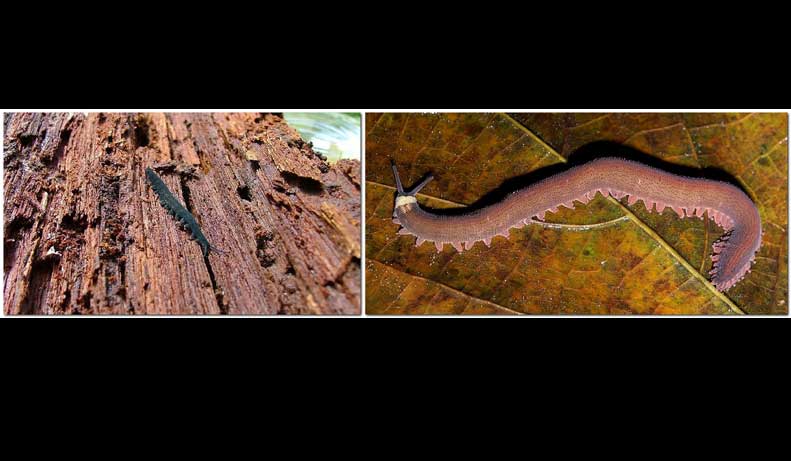Abstract
There are two ways to be a velvet worm. One is to mate vaginally at a young age, give birth in any month and have small, scarce males. The other is to periodically inseminate through the body wall, with sexual equality in size and abundance. The second way seems to be an evolutionary adaptation to habitats that are colder and drier than the habitats of neotropical velvet worms.
References
Evans, R. (1901). On the Malayan species of Onychophora. Part II. The development of Eoperipatus weldoni. Quarterly Journal of Microscopical Science, 45, 41-88.
Lavallard, R., & Campiglia, S. (1975). Contribution à la biologie de Peripatus acacioi Marcus et Marcus (Onychophore). Zoologischer Anzeiger, 195, 338-350.
Manton, S. M. (1938). Studies on the Onychophora, IV-The passage of spermatozoa into the ovary on Peripatopsis and the early developments of the ova. Philosophical Transactions of the Royal Society B, 228(556), 421-441.
Morera-Brenes, B., Monge-Nájera, J., & Sáenz, R. (1988). Parturition in onychophorans: new record and a review. Brenesia, 29, 15-20.
Walker, M. H. (1995). Relatively recent evolution of an unusual pattern of early embryonic development (long germ band?) in a South African onychophoran, Opisthopatus cinctipes Purcell (Onychophora: Peripatopsidae). Zoological Journal of the Linnean Society, 114(1), 61-75.


